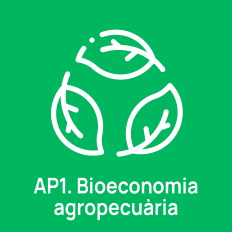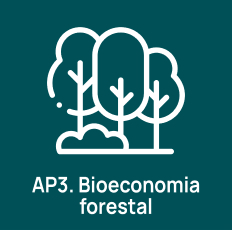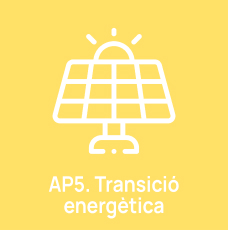2035 GOALS
Biomanufacturing & biobased business models
- Biopolygons in operation, with a regulatory framework, developed infrastructure and social acceptance, which allow the implementation of biorefineries and bioindustries that valorize endogenous resources, promote industrial symbiosis, create qualified jobs and are compatible and complementary with agro-food production.
- Open access facilities to reduce technological and non-technological risks associated with the new industrial model.
- Viable business models at an economic, social and environmental level that value forestry and agricultural ecosystem services , which allow increasing incomes in the primary sector.
- Existing training offer for new jobs associated with the new industrial model.
- Existing capacity for local technological development associated with the new industrial model.
- Existing data infrastructures and digital tools for decision making.
- Technological adoption in the entire primary sector to optimize productivity and efficiency in the use of resources.
- Operative production of sustainable proteins for human and animal uses.
- Operative production of ingredients from agro-food by-products.
- Adaptation of crops to climate impacts and food trends.
- Attractive sector for youth.
- Existing training offer for new jobs associated with the new food production model.
- Existing capacity for local technological development associated with the new food production model.
- Existing data infrastructures and digital tools for decision making.
- Optimization of the potential for wind, photovoltaic and hydraulic generation in small-scale & distributed model.
- Existence of energy self-sufficient at territorial level.
- Marketing of part of the territorial energy surplus according to shared value criteria.
- Existence of energy self-sufficient industrial environments, capable of attracting industrial investments intensive in energy consumption.
- Existing training offer for new jobs associated with the new sustainable energy model.
- Existing capacity for local technological development associated with the sustainable energy model.
- Existing data infrastructures and digital tools for decision making.



